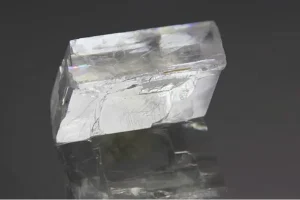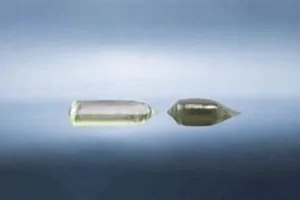Introduction
In the realm of optics and imaging, the materials used play a pivotal role in determining the quality and efficiency of the systems. Two such materials, Magnesium Fluoride (MgF2) and Calcium Fluoride (CaF2), have emerged as game-changers in the field of ultraviolet (UV) optics and imaging. Their unique optical properties have made them indispensable in various applications, including lithography and UV imaging systems.
The Optical Properties of MgF2 and CaF2 Crystals
Magnesium Fluoride (MgF2) and Calcium Fluoride (CaF2) are two of the most widely used materials in the field of optics due to their exceptional properties. Their unique characteristics make them ideal for a variety of applications, particularly in the ultraviolet (UV) and mid-infrared (IR) regions of the spectrum.
MgF2 is a birefringent crystal, meaning it has two different indices of refraction. This property allows it to split a beam of light into two separate rays, which can be useful in many optical applications. Furthermore, MgF2 has an excellent transmission range, extending from the deep ultraviolet to the mid-infrared. This wide transmission range makes it a versatile material that can be used in a variety of optical systems.
In addition to its wide transmission range, MgF2 has a high damage threshold. This means it can withstand high levels of laser energy without being damaged, making it particularly suitable for use in high-power laser applications such as excimer lasers. Excimer lasers are a type of UV laser that are commonly used in eye surgery and semiconductor manufacturing.
Another key property of MgF2 is its low refractive index. The refractive index of a material is a measure of how much it slows down light. A low refractive index means that light travels relatively quickly through the material, which can help to reduce the need for anti-reflective coatings.
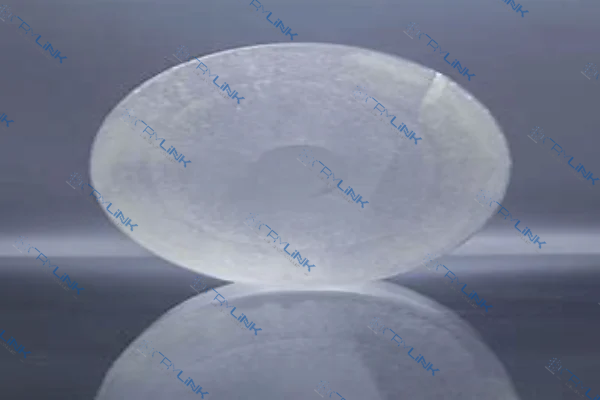
Like MgF2, CaF2 also has a high transmission range, extending from the ultraviolet to the mid-infrared. However, unlike MgF2, CaF2 is a cubic crystal. This means it has the same properties in all directions, which can make it easier to work with in certain applications.
One of the key properties of CaF2 is its thermal stability. It can withstand high temperatures without degrading, which is a crucial factor in many high-power laser applications. This thermal stability, combined with its low absorption coefficient, makes CaF2 an ideal choice for high-power laser optics.
In conclusion, MgF2 and CaF2 are two exceptional materials that have a wide range of applications in the field of optics. Their unique properties, including their wide transmission ranges, high damage thresholds, and thermal stability, make them ideal for use in a variety of optical systems. As our understanding of these materials continues to grow, so too will their potential applications.
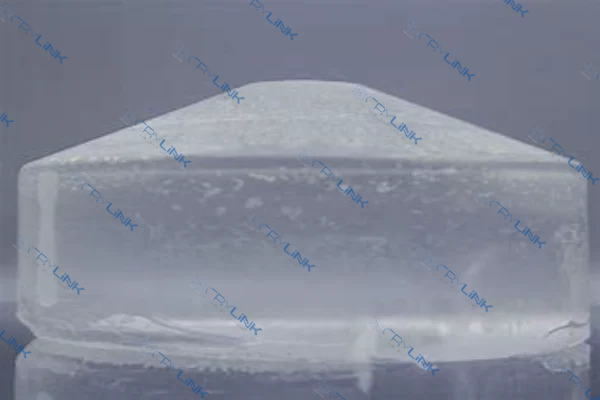
The Role of MgF2 and CaF2 in UV Optics
The role of MgF2 and CaF2 in UV optics cannot be overstated. Their high UV transmission rates are a key factor in their widespread use. UV light, with its shorter wavelength, carries more energy than visible light. This energy is crucial in many applications, such as sterilization, forensics, and astronomy. However, not all materials can efficiently transmit UV light. Many common optical materials, such as glass, absorb UV light, which can lead to energy loss and reduced performance.
MgF2 and CaF2, on the other hand, have high UV transmission rates. This means they can transmit a large portion of the UV light that strikes them, reducing energy loss and improving the performance of the optical system. This efficient transmission of UV light is one of the reasons why MgF2 and CaF2 are often used in UV optics.
In addition to their high UV transmission rates, MgF2 and CaF2 are also thermally stable. This is a crucial property in UV optics, where high-energy UV light can generate significant heat. Many materials degrade when exposed to high temperatures, which can lead to a loss of optical quality and, ultimately, failure of the optical system.
However, MgF2 and CaF2 can withstand high temperatures without degradation. This thermal stability ensures the longevity and reliability of the optical systems in which they are used. It means that systems using MgF2 and CaF2 can operate for longer periods, and in more demanding conditions, than those using less thermally stable materials.
In conclusion, the unique properties of MgF2 and CaF2, including their high UV transmission rates and thermal stability, make them ideal for use in UV optics. These materials enable the creation of more efficient, reliable, and durable UV optical systems, expanding the possibilities of what can be achieved with UV light.
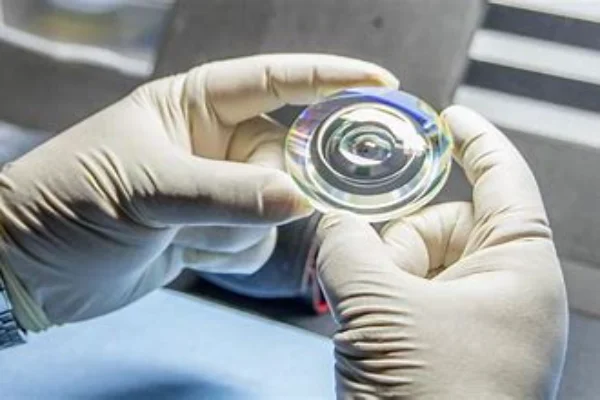
The Impact of MgF2 and CaF2 in Lithography
Lithography, a cornerstone of modern microfabrication, has been significantly enhanced by the introduction of MgF2 and CaF2. These materials have brought about a revolution in the process, enabling the creation of intricate patterns with unprecedented precision and efficiency.
The high-resolution patterns achievable with MgF2 and CaF2 are a testament to their high UV transmission rates and low absorption coefficients. In lithography, UV light is used to etch patterns onto a substrate. The ability of MgF2 and CaF2 to transmit UV light efficiently ensures that the maximum amount of light reaches the substrate, resulting in patterns of exceptional detail. This is particularly important in the production of semiconductors and MEMS, where the precision of the patterns directly impacts the performance of the final product.
In addition to enabling high-resolution patterning, MgF2 and CaF2 also contribute to the efficiency of the lithography process. The thermal stability of these materials allows them to withstand the high temperatures often encountered during lithography. This reduces the risk of damage to the optical system, ensuring a smooth and efficient process.
Furthermore, the thermal stability of MgF2 and CaF2 reduces the need for cooling systems, which can be costly and complex to implement. This not only improves the efficiency of the lithography process but also reduces its cost, making it more accessible for a wider range of applications.
In conclusion, the impact of MgF2 and CaF2 in lithography has been transformative. By enabling high-resolution patterning and improving process efficiency, these materials have expanded the possibilities of lithography, paving the way for the production of increasingly sophisticated microdevices.
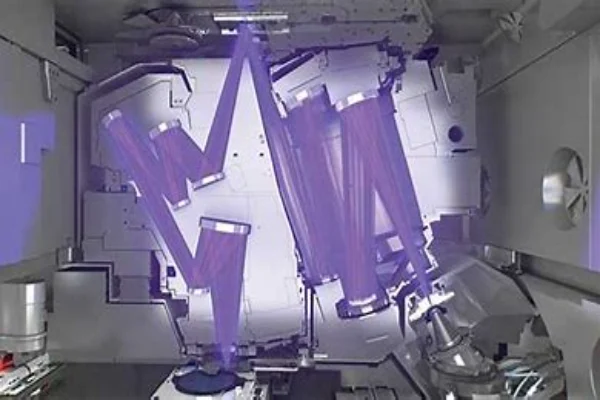
The Role of MgF2 and CaF2 in UV Imaging Systems
UV imaging systems, utilized in diverse fields such as astronomy, medicine, and environmental monitoring, have greatly benefited from the use of MgF2 and CaF2. These materials have not only improved the performance of these systems but also expanded their capabilities, opening up new possibilities for UV imaging.
The image quality in UV imaging systems is significantly enhanced by the high UV transmission rates of MgF2 and CaF2. In these systems, UV light is used to capture images of objects or phenomena that are not visible to the naked eye. The ability of MgF2 and CaF2 to transmit UV light efficiently ensures that the maximum amount of light reaches the imaging sensor, resulting in clear and detailed images. This is particularly important in fields such as astronomy, where the quality of the images can directly impact the accuracy of the observations and findings.
In addition to enhancing image quality, MgF2 and CaF2 also increase the durability of UV imaging systems. The thermal stability of these materials allows them to withstand the high temperatures that can be generated during the imaging process. This reduces the risk of damage to the system, ensuring its longevity and reliability. This is particularly important in applications such as space exploration, where the imaging systems must be able to withstand extreme conditions and continue to operate over long periods.
Furthermore, the thermal stability of MgF2 and CaF2 reduces the need for cooling systems in UV imaging systems. This not only increases the durability of the systems but also simplifies their design and reduces their cost.
In conclusion, the role of MgF2 and CaF2 in UV imaging systems is significant. By enhancing image quality and increasing system durability, these materials have improved the performance of UV imaging systems and expanded their capabilities, paving the way for new discoveries and advancements in various fields.

Conclusion
The impact of MgF2 and CaF2 crystals in UV optics and imaging is profound. Their unique optical properties have revolutionized these fields, improving efficiency, precision, and image quality. As we continue to explore the possibilities of UV optics and imaging, the role of MgF2 and CaF2 will undoubtedly continue to be pivotal.
FAQs
- What are the unique properties of MgF2 and CaF2 crystals? MgF2 and CaF2 crystals have high UV transmission rates, thermal stability, and low absorption coefficients.
- Why are MgF2 and CaF2 crystals used in UV optics? Their high UV transmission rates and thermal stability make them ideal for use in UV optics.
- How do MgF2 and CaF2 crystals improve the lithography process? They enable the production of high-resolution patterns and improve the efficiency of the process.
- What is the role of MgF2 and CaF2 crystals in UV imaging systems? They enhance image quality and increase the durability of the systems.
- What is the future of MgF2 and CaF2 crystals in UV optics and imaging? As we continue to explore the possibilities of UV optics and imaging, the role of MgF2 and CaF2 will undoubtedly continue to be pivotal.



